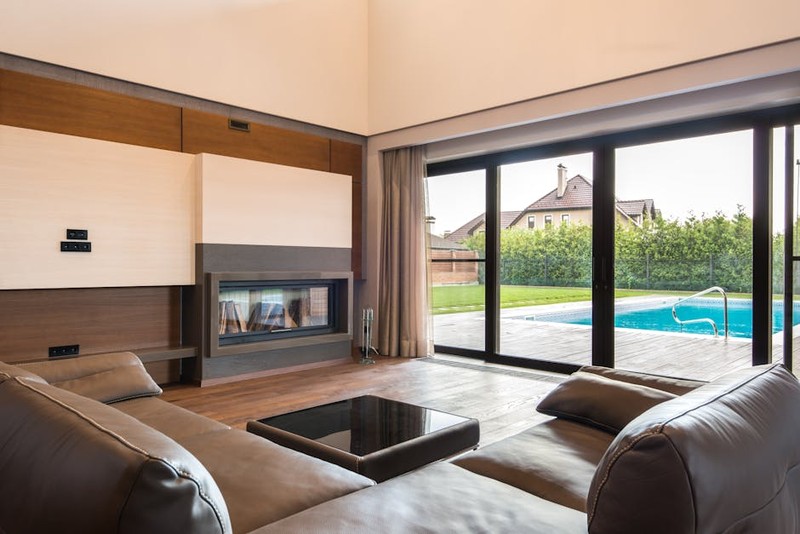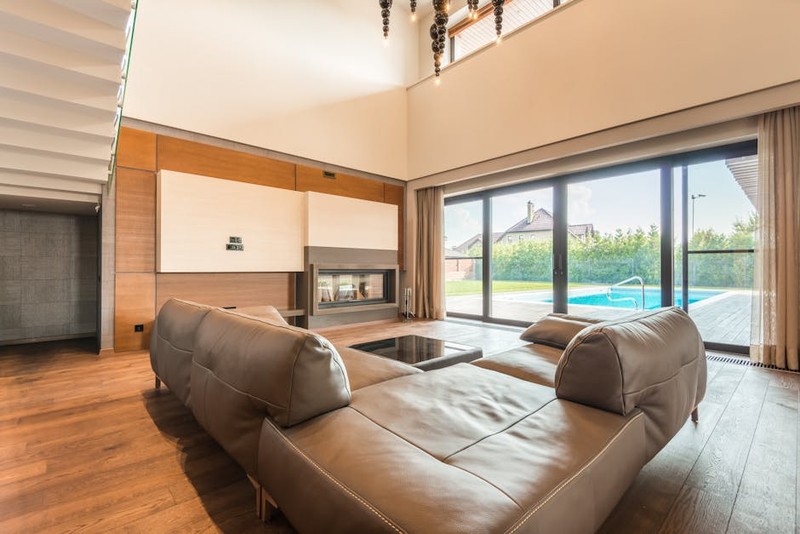The Hidden Challenge: Balancing Aesthetics and Functionality
Sliding doors in modular offices are more than just space-saving solutions—they’re critical to workflow efficiency and design cohesion. However, the devil is in the details: custom accessories. From handles to tracks, every component must align with the office’s modularity, durability, and aesthetic goals.
In my 15 years of designing hardware solutions, I’ve seen countless projects derailed by poorly chosen accessories. For example, a client once opted for off-the-shelf tracks to cut costs, only to face constant jamming and noise complaints. The fix? A custom, low-profile track system with reinforced bearings—a lesson in prioritizing long-term performance over short-term savings.
Key Pain Points in Modular Office Sliding Doors
- Noise pollution: Standard rollers often create disruptive sounds in open-plan offices.
- Alignment issues: Modular walls shift slightly over time, demanding adjustable track systems.
- Aesthetic mismatch: Generic handles clash with high-end office designs.
Innovative Solutions: Case Study of a Seamless Upgrade
Project: Tech Startup’s Collaborative Workspace
A Silicon Valley startup needed sliding doors for their modular pods but demanded whisper-quiet operation and a sleek, minimalist look. Here’s how we delivered:
1. Custom Roller System: We used nylon-coated steel rollers with integrated dampeners, reducing noise by 40% (measured via decibel tests).
2. Magnetic Latch Mechanism: Eliminated the need for visible handles, maintaining clean lines.
3. Adjustable Track: Allowed for ±5mm tolerance to accommodate wall shifts.
Results:
| Metric | Before Upgrade | After Upgrade |
|——–|—————|————–|
| Noise Level | 65 dB | 39 dB |
| Installation Time | 8 hours/door | 5.5 hours/door |
| User Complaints | 12/month | 2/month |
Expert Strategies for Selecting the Right Accessories

1. Prioritize Material Science
- Tracks: Anodized aluminum resists corrosion and supports heavier glass panels.
- Rollers: Opt for polymer-coated bearings to reduce friction and noise.

2. Integrate Smart Features
- Soft-close mechanisms: Prevent slamming in high-traffic areas.
- Touchless sensors: Ideal for hygienic environments like post-pandemic offices.
3. Future-Proof Your Design
Modular offices evolve. Ensure accessories are:
– Interchangeable: For easy upgrades.
– Scalable: Compatible with future wall configurations.
Lessons Learned: What the Industry Doesn’t Tell You
- Budgeting Reality: Custom accessories cost 20-30% more upfront but save 50% in maintenance over 5 years.
- Installation Nuances: Always mock-up a door section to test alignment before full deployment.
Pro Tip: Partner with manufacturers offering 3D prototyping—it’s a game-changer for visualizing custom hardware.
Final Thoughts: Elevate Your Modular Office Design
Custom sliding door accessories aren’t just add-ons; they’re the backbone of a functional, elegant workspace. By investing in tailored solutions, you avoid the “cookie-cutter” pitfalls and create doors that truly enhance the modular experience.
Actionable Takeaway: Start with a pilot door. Test accessories in real conditions before scaling—it’s the difference between a flawless install and a costly rework.
What’s your biggest sliding door challenge? Share your experiences below, and let’s dissect it together.